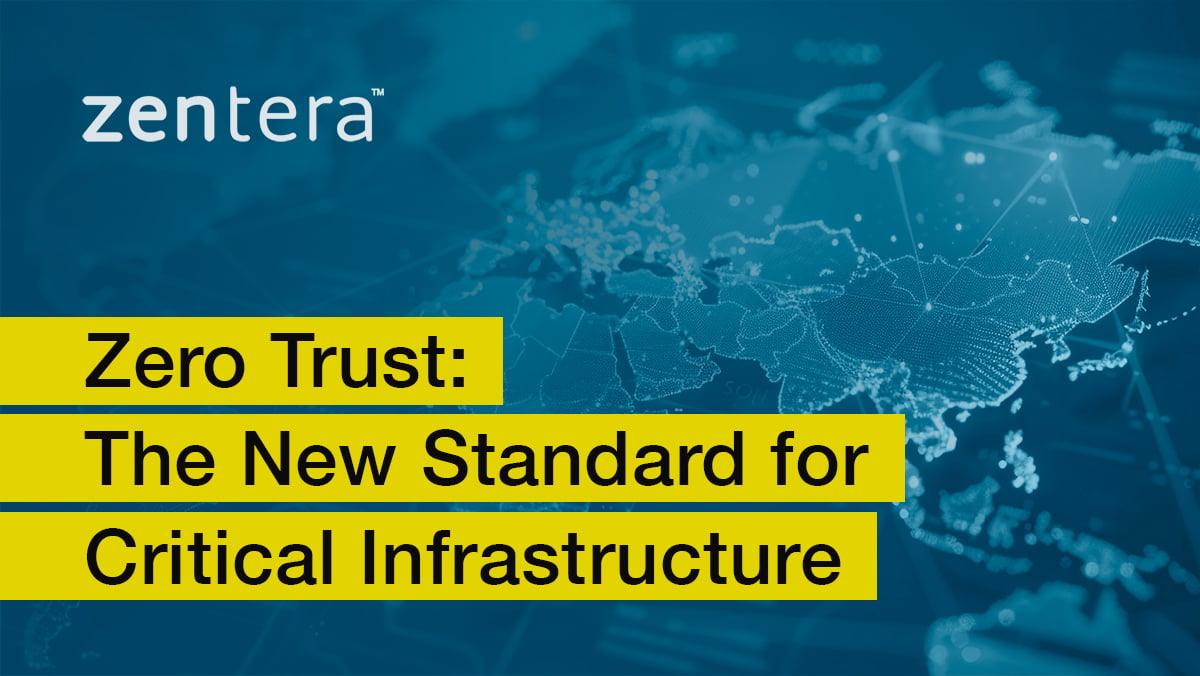How Zero Trust Delivers Stronger Ransomware Protection - Without Network Surgery

 Ransomware remains one of the most disruptive and costly threats facing enterprises. Recent attacks have shown how quickly a single compromised device can ripple into widespread downtime - disrupting travel, hospitals, and even critical infrastructure (Reuters). Despite massive investments in firewalls, VPNs, and detection tools, ransomware continues to find its way in.
Ransomware remains one of the most disruptive and costly threats facing enterprises. Recent attacks have shown how quickly a single compromised device can ripple into widespread downtime - disrupting travel, hospitals, and even critical infrastructure (Reuters). Despite massive investments in firewalls, VPNs, and detection tools, ransomware continues to find its way in.
The truth is: you can’t stop every attack from landing. Phishing still tricks users. Credentials still get stolen. Vendors and partners can still be compromised. What matters most is what happens after the initial breach.
That’s where Zero Trust ransomware protection changes the story. With an overlay-based approach and Zentera’s Virtual Chambers, ransomware may land on one system - but it doesn’t have to take down your operations.
The Growing Need for Ransomware Protection That Goes Beyond Prevention
Ransomware attacks in 2025: faster, smarter, more disruptive
The FBI reported a 9% increase in ransomware complaints targeting U.S. critical infrastructure in 2024 (Reuters). Attackers are moving faster and using AI-driven extortion, data theft, and supply-chain pivots to maximize damage.
Why prevention alone isn’t enough
Traditional security often assumes “keep them out, and we’re safe.” But history shows: sooner or later, attackers will get in. The real question is whether ransomware spreads unchecked - or is contained before it cripples your business.
Why Legacy Approaches Fall Short
- VPNs and firewalls create broad trust zones; once inside, attackers can move laterally without resistance.
- Network segmentation projects stall because readdressing IPs and rewriting ACLs introduces risk and downtime.
- Detection-only tools may alert you, but often after ransomware has already encrypted or exfiltrated critical data.
Legacy approaches focus on prevention or visibility. What’s missing is containment that works instantly, without tearing up your network.
Why Zero Trust Matters for Ransomware Protection
Zero Trust doesn’t mean you’ll never get hit by ransomware. Instead, it ensures that when you do, the impact is limited and your operations keep running.
- Without Zero Trust: One compromised device can bring your entire network to a halt.
- With Zero Trust Virtual Chambers: The attack is contained. Critical systems remain ring-fenced. Employees and partners continue to access the resources they need - securely.
The shift is powerful: ransomware may reach you, but it doesn’t have to stop you.
Virtual Chambers as a Containment Strategy
Zentera’s Virtual Chambers apply Zero Trust at the overlay layer, creating secure boundaries around your most valuable assets - instantly and without network re-engineering.
With Virtual Chambers:
- Infected endpoints can’t spread ransomware to databases or OT controllers.
- Only authorized, identity-based sessions are allowed into protected systems.
- Business-critical apps remain online, even during an attack.
This is containment without complexity. Instead of six-month segmentation projects, you can ring-fence assets in hours.
From Theory to Practice: What This Protects You From
| Attack Vector / Threat | How Zero Trust + Virtual Chambers Contain It |
|---|---|
| Phishing → Credential Theft | Stolen credentials still face identity checks and posture enforcement. |
| Lateral Movement After Breach | Virtual Chambers stop ransomware from spreading beyond the infected device. |
| Vendor / Supply-Chain Pivot | Third-party access is restricted to only approved applications/systems. |
| Ransomware Propagation Scripts | Scripts can’t move laterally; each machine-to-machine session requires identity. |
| File Encryption / Exfiltration | Access to file stores is explicitly allowed/denied; unauthorized sessions blocked. |
Zentera’s Approach to Zero Trust Ransomware Protection
- Virtual Chambers instantly isolate critical assets without touching IP addresses or firewalls.
- Universal ZTNA enforces identity-based policy across all access - remote, on-prem, and machine-to-machine.
- Overlay-first architecture means deployment is fast, with no network surgery required.
The result: ransomware may get in, but it doesn’t shut you down.
Final Thoughts
Ransomware is evolving - and prevention alone isn’t enough. The difference between a business-ending attack and a minor incident comes down to containment.
With Zentera’s Zero Trust approach and Virtual Chambers, ransomware may land on one endpoint - but it won’t cripple your operations. Your critical systems remain protected, and your business keeps running.
Learn how Zentera can help your enterprise strengthen ransomware protection and stop lateral movement - download our The Common-Sense Approach to Ransomware Defense whitepaper.



